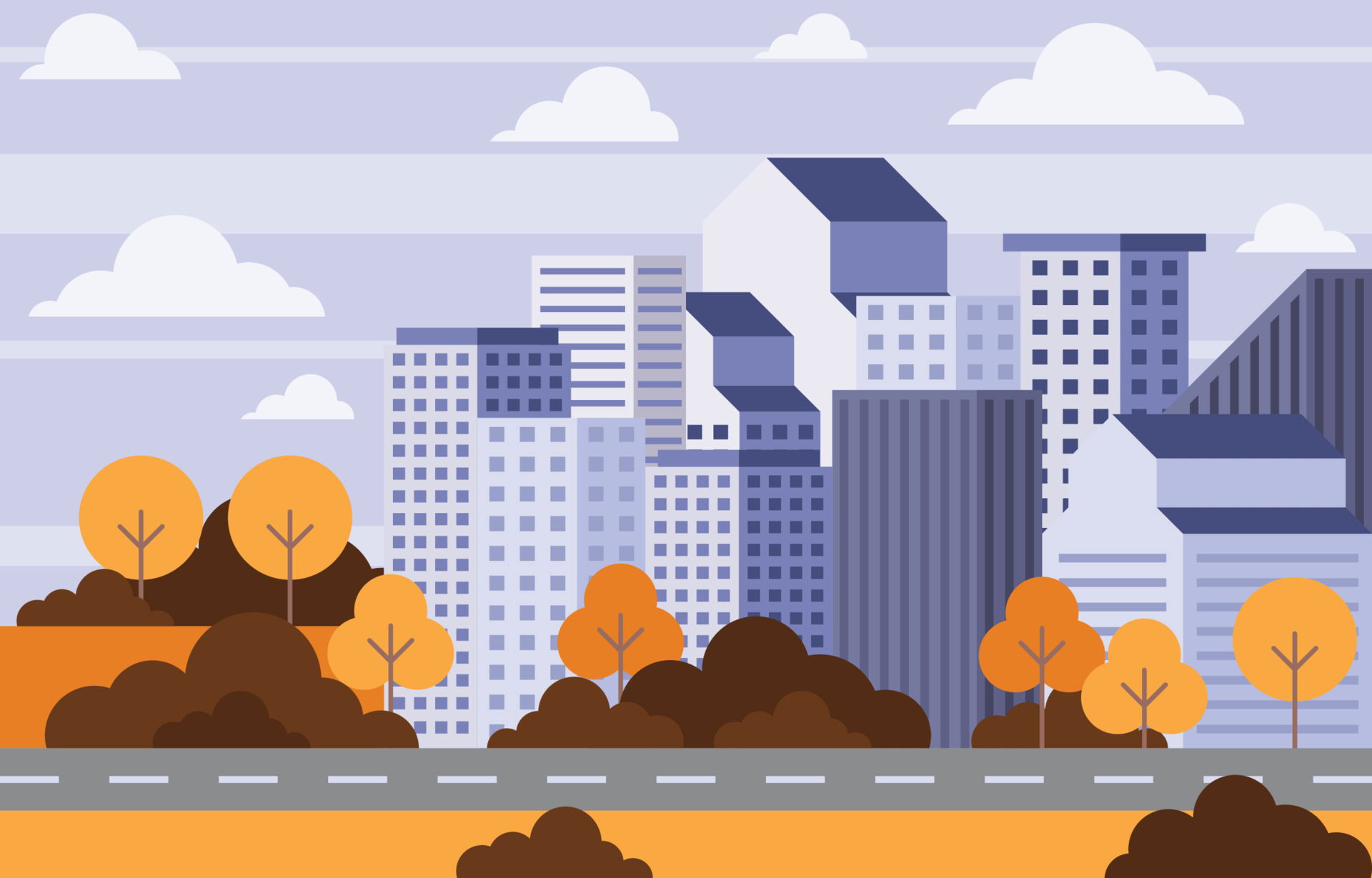Exploring the Impact of Urban Sprawl on Our Environment and Quality of Life

By Michael Jumba
What is Urban Sprawl and How Does it Affect Our Lives?
Urban sprawl is the rapid expansion of cities beyond their boundaries. It is a result of urbanization, which is the process of people moving from rural areas to cities. This phenomenon has caused many changes in our lives, both positive and negative.
The Pros and Cons of Urban Sprawl
Urban sprawl is a term used to describe the expansion of urban areas into rural and suburban areas. While urban sprawl can provide certain benefits, it also has several drawbacks. Below is a list of the pros and cons of urban sprawl:
Pros:
- Increased access to housing: Urban sprawl can provide increased access to housing, as more land becomes available for development.
- Greater choice in housing: With more housing options available, people have greater choice in terms of the type and style of housing they prefer.
- More affordable housing: Urban sprawl can lead to more affordable housing options, as land costs are generally lower in suburban and rural areas.
- Improved quality of life: Urban sprawl can lead to improved quality of life for residents, as they may have access to larger homes, yards, and green spaces.
- Economic benefits: Urban sprawl can provide economic benefits, as it can create jobs in construction, real estate, and other industries.
Cons:
- Increased traffic congestion: Urban sprawl can lead to increased traffic congestion, as more people move into suburban and rural areas and commute to urban centers for work.
- Reduced access to public transportation: As urban areas expand into rural and suburban areas, public transportation options may become less available, making it more difficult for people to get around.
- Environmental impacts: Urban sprawl can have negative environmental impacts, as it can lead to habitat loss, increased air and water pollution, and other environmental problems.
- Increased infrastructure costs: As urban areas expand, it can become more expensive to build and maintain infrastructure such as roads, water systems, and sewer systems.
- Decreased social interaction: Urban sprawl can lead to decreased social interaction, as people may become more isolated from their neighbors and communities.
- Loss of farmland and open space: As urban areas expand, farmland and open space can be lost, leading to a loss of biodiversity and other environmental problems.
Overall, the pros and cons of urban sprawl are complex, and there is no simple answer to whether it is good or bad. It is important to carefully consider the potential impacts of urban sprawl before making decisions about development and land use.
How Can We Mitigate the Negative Effects of Urban Sprawl?
Urban sprawl is a major problem that has been growing in cities worldwide. It is defined as the uncontrolled expansion of urban areas, resulting in a decrease in open space and an increase in traffic congestion, air pollution, and other negative effects.
In order to mitigate the negative effects of urban sprawl, we must implement sustainable development strategies that focus on smart growth and green infrastructure. Smart growth strategies involve creating mixed-use developments with efficient transportation systems and access to green spaces.
Green infrastructure includes the use of green roofs, rain gardens, permeable pavement, and other natural features to reduce runoff and improve water quality. By utilizing these strategies and investing in green infrastructure projects, we can help reduce the negative impacts of urban sprawl on our environment.
The Role of Technology in Reducing the Impact of Urban Sprawl
Technology plays an important role in reducing the impact of urban sprawl. Smart cities technology, green technology solutions, and digital solutions can help cities become more efficient and sustainable.
Smart cities use data and analytics to identify areas that are prone to urban sprawl and develop strategies to reduce the impact on the environment. This can include using green technology solutions such as renewable energy sources, efficient transportation systems, smart waste management systems, and smart irrigation systems.
Digital solutions can also be used to improve public services such as healthcare, education, public safety, and transportation. By leveraging these technologies, cities can create a more livable environment for all its citizens.
Taking Action to Reduce the Impact of Urban Sprawl on Our Environment and Quality of Life
Urban sprawl is a growing problem in many cities, with its effects on the environment and quality of life becoming increasingly apparent. It is important to take action to reduce the impact of urban sprawl on our environment and quality of life.
This can include measures such as increasing public transportation options, investing in green infrastructure, encouraging more compact urban design, and creating incentives for residents to live closer together. With these initiatives in place, we can help create healthier and more sustainable cities that benefit both people and the planet.


